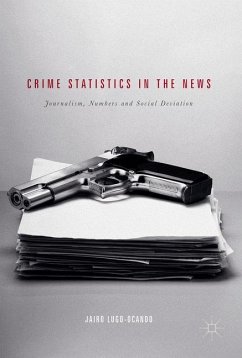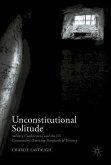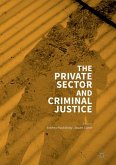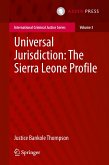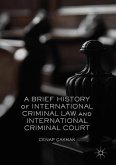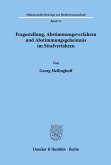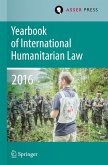This book offers a comparative exploration of how journalists across different newsrooms around the world access and interpret statistics when producing stories related to crime. Looking at the nature of news sources regularly used by journalists, Lugo-Ocando analyses how these numbers are used to report crime.
As the author argues, far from being straightforward, the relationship between numbers and journalists in the context of crime reporting is complex, and at times, problematic. Because the reporting of crime statistics impacts upon policymaking, we need to better understand how these statistics are used and reported in order to improve the process of decision.
Finally, Lugo-Ocando maintains that the only way to create a fairer justice system and a better-informed general public is by improving the way crime is covered in the news. A compelling and informed text, this book will be of interest to scholars and students of criminology and journalism alike.
As the author argues, far from being straightforward, the relationship between numbers and journalists in the context of crime reporting is complex, and at times, problematic. Because the reporting of crime statistics impacts upon policymaking, we need to better understand how these statistics are used and reported in order to improve the process of decision.
Finally, Lugo-Ocando maintains that the only way to create a fairer justice system and a better-informed general public is by improving the way crime is covered in the news. A compelling and informed text, this book will be of interest to scholars and students of criminology and journalism alike.

